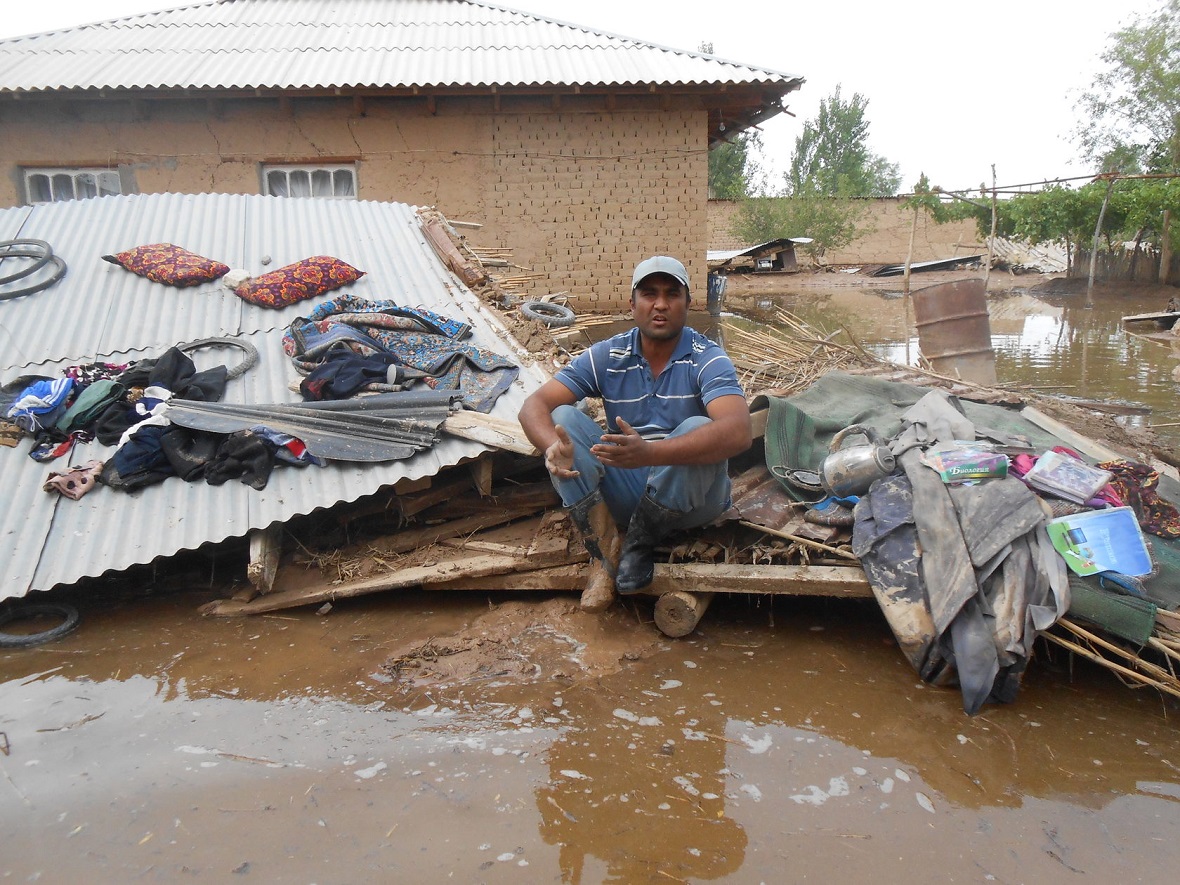Natural disasters fueled by global climate change have inflicted $2 trillion in damage on the world economy over the last decade. This information was shared in a report prepared by Oxera for the International Chamber of Commerce (ICC) ahead of the 29th UN Climate Summit (COP-29) opening in Baku.
The study analyzed 4,000 extreme weather events that occurred from 2014 to 2023, affecting 1.6 billion people. The United States suffered the greatest losses, totaling $934.7 billion, followed by China with US$267.9 billion and India with US$112 billion.
An analysis of 4,000 climate-related extreme weather events—from sudden floods that wipe out homes to prolonged droughts that destroy farms over years—revealed that economic damage reached US$451 billion in just the last two years alone.
“The data from the past decade shows that climate change is no longer a problem for the future,” said John Denton, Secretary-General of the ICC, which commissioned the report. “The real economy is experiencing serious productivity losses due to extreme weather events here and now.”
As the world grows wealthier and more people settle in disaster-prone regions, the costs to government budgets are climbing, exacerbated by fossil fuel pollution’s impact on the planet.
Experts estimate that natural disasters in Central Asia result in an average of US$10 billion in economic losses annually.
In Tajikistan, damage from natural disasters amounted to over US$12 million in the first half of 2024 alone. Additionally, as of September 2024, Tajikistan's losses from natural disasters over the past decade have reportedly exceeded US$500 million.
According to information from the UN’s Food and Agriculture Organization (FAO), 123 natural disasters have struck Central Asia over the past 27 years, impacting 10.4 million people and causing US$2.4 billion in economic losses.
In Tajikistan, a series of major disasters over the last 25 years has led to economic losses exceeding US$1.8 billion, affecting more than 80% of the population.






